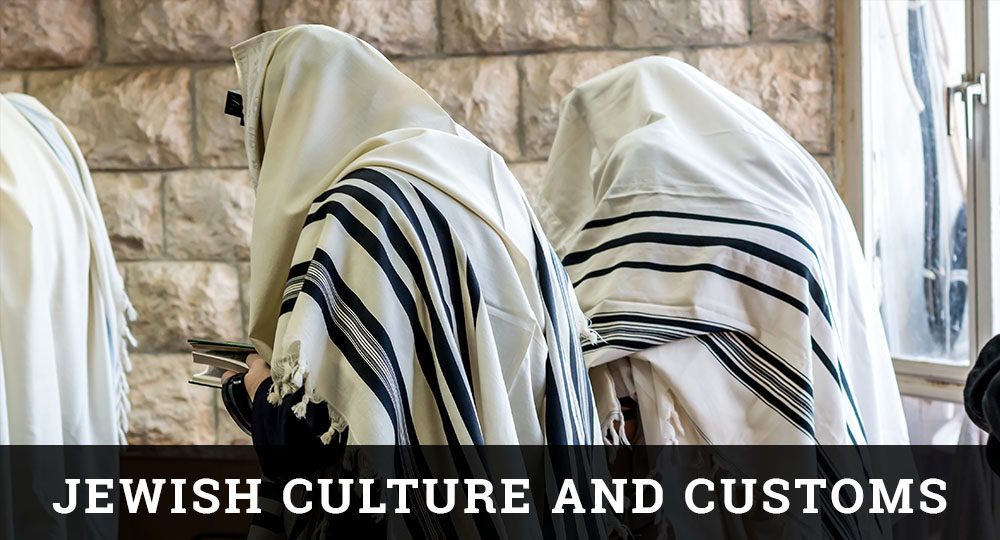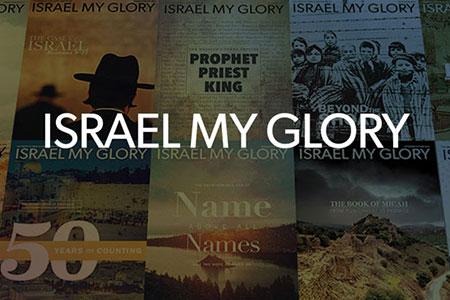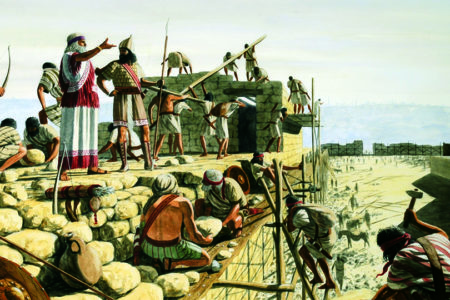Death and Mourning
Chai is the Hebrew word for life. Jewish people frequently wear gold charms depicting this Hebrew character on chains around their necks, emphasizing the fact that life is Judaism’s most precious and cherished commodity. Although Judaic doctrine holds that death is the “doorway to the world to come,” few Jewish people think or hear much about this perspective. On the contrary, death’s sting is very sharp, and death is a difficult thing to handle in the Jewish experience.
At the time of death, two considerations must be given priority. First, the utmost respect must be shown for the lifeless body, and second, care and concern must be shown for the mourners.
Interment must be accomplished as soon as possible after death, preferably within 24 hours. Delay is permissible on the Sabbath or to await the arrival of relatives. Embalming is not generally performed. Removing the blood is considered mutilation, a sign of disrespect. Autopsies are also forbidden unless another life can be saved thereby or if civil law deems it necessary. If an autopsy is performed, the body must be restored as much as possible. Cremation is also considered improper, for it violates Genesis 3:19, “dust thou art, and unto dust shalt thou return.”
As soon as possible after death occurs, the body is washed and covered with a plain, pocketless white shroud, symbolizing equality. Death visits all—rich or poor, old or young, male or female. If the deceased is a male, a tallit (prayer shawl) is draped on him. Although the immediate family may request a viewing, public display of the body is discouraged. Some feel that it shows disrespect, whereas others believe it is better to have the last sight of a person while he or she is alive.
Before the start of a funeral service, a cut (keria) is made in the clothing of immediate family members. This ritual rending of the garment recalls the practice of the patriarchs as a display of great grief. Many funeral homes provide black scarves that have been cut and can be worn or pinned to clothing so that an actual garment does not have to be damaged. If parents are mourning a child, the left side of the cloth is cut because the left side is closest to the heart. The cut is made on the right side of the cloth when mourning all other immediate family members. Keria is observed for seven days.
Flowers are not displayed nor is any music played at a Jewish funeral. The sweet smell of the flowers and the pleasing sound of instruments are forbidden pleasures during this time. If the deceased had any special requests for the funeral, they are honored, provided that they do not violate Jewish law.
At the grave, a minyon (ten men) is required to recite the kaddish, which is an Aramaic word meaning holy. It is not a prayer for the dead, as some suppose, but rather a poem that exalts the name of God. It reads, in part, “Magnified and sanctified be His great name in the world which He created according to His will … Blessed, praised and glorified, exalted, extolled and honored, adored and lauded be the name of the Holy One.” The family recites kaddish from the day of the funeral until the 11th month. The mourners proclaim through the kaddish the marvel, wonder, and exaltation of the living God in the midst of terrible grief. A simple pine box (more easily decomposed) containing the body is lowered into the ground. The family takes turns shoveling dirt into the grave until the grave is filled. A grave marker is not displayed until the first anniversary of the death. This special service is called the “stone setting” or “unveiling.”
Three periods of mourning are observed. The first is called shiva (seven). It starts upon arrival home from the funeral and lasts for seven days. All immediate family members-parents, spouses, children, and siblings-observe shiva. They sit on low stools, wear house slippers, and refrain from enjoyable activities. At the home, the first meal the family partakes of after the funeral is prepared and served by friends. This is considered a mitzvah (good deed) because the family is too grief stricken to prepare the meal. Egg dishes are common at this meal because eggs symbolize the life cycle. Condolences are encouraged during this week-long period. Donations toward disease research or the synagogue or the planting of a tree in Israel are common memorials given. Shloshim (thirty) is the second period of mourning. Music, parties, and weddings should not be part of the mourner’s experience during this time. The third period, observed for a father or mother, is called avelut and lasts for one year after the death.
Every year on the anniversary of the death a candle is lit to remember the deceased. This practice is called yahrzeit and is explained by Proverbs 20:27, “The spirit of man is the lamp of the Lᴏʀᴅ, searching all the inward parts.” For those Jewish people who do not believe in life after death, this practice is particularly significant. Through it they are remembered by their loved ones, thus assuring them a form of immortality.
Death is a robber, insidious and frightening unless there is real hope beyond the grave. The Apostle Paul looked death in the eye and recorded these words: “O death, where is thy sting? O grave, where is thy victory?” (1 Cor. 15:55). The Messiah of Israel won the victory when He went through “the valley of the shadow of death” (Ps. 23:4) in our place.
EDITOR’S NOTE: This series explores features of life and worship as practiced by observant Orthodox Jewish people.







